According to information kept at the historical and cultural relic of the Be River Bridge, the broken Be River Bridge in Phuoc Hoa and Vinh Hoa communes (Phu Giao district, Binh Duong ), the remaining part of the bridge consists of 3 spans on each side, about 50 meters long (each side), recognized by the People's Committee of Binh Duong province as a provincial historical and cultural relic in 2012.

Broken bridge overlooking the upstream of Be River
The Be River Bridge connecting Phuoc Hoa and Vinh Hoa communes (present-day Phu Giao district) was built by the French in 1925 to serve the exploitation and expansion of rubber plantations in Phu Giao and Phuoc Long (present-day Binh Phuoc ).
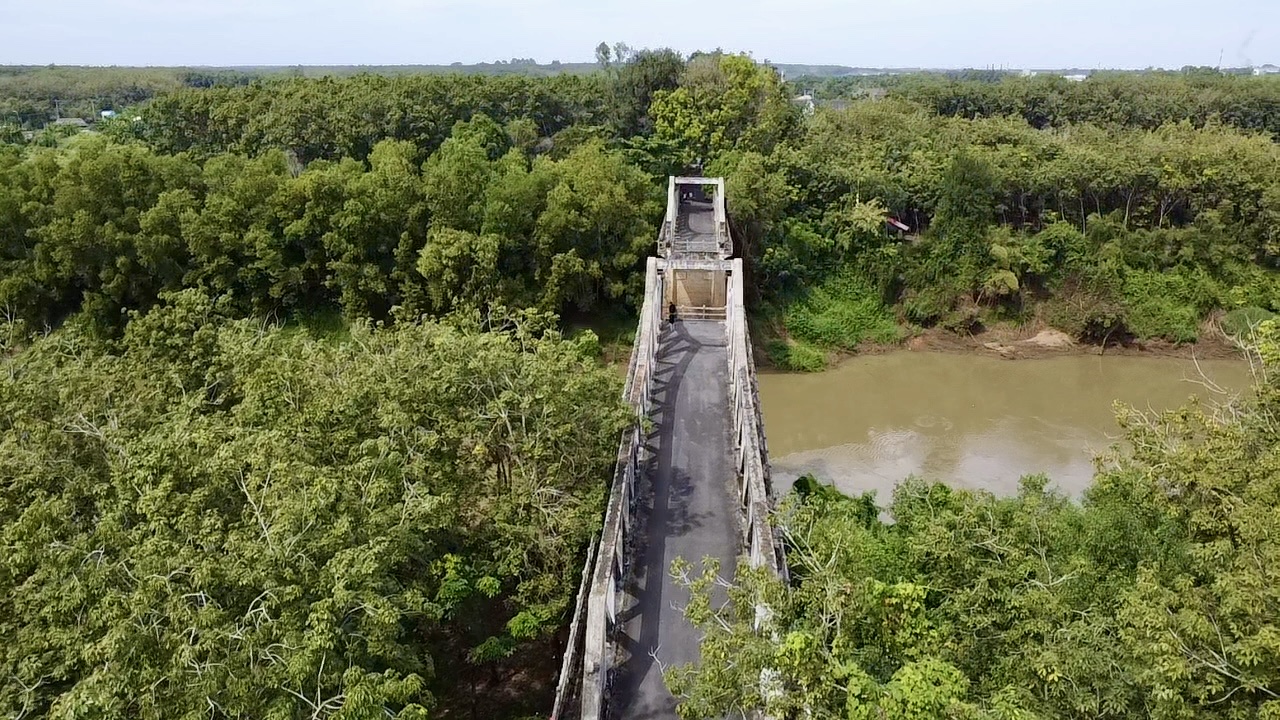
When the rubber forest enters the leaf-changing season, this area attracts many young people to visit and "check in".
The bridge is built of reinforced concrete with a width of about 4.5 meters, the highest point is about 6 meters and the lowest point is 3.5 meters. The foot of the bridge is 30 meters high from the bottom of the river (a tributary of the Dong Nai River flowing through the provinces of Dak Nong , Binh Phuoc, Binh Duong and Dong Nai).
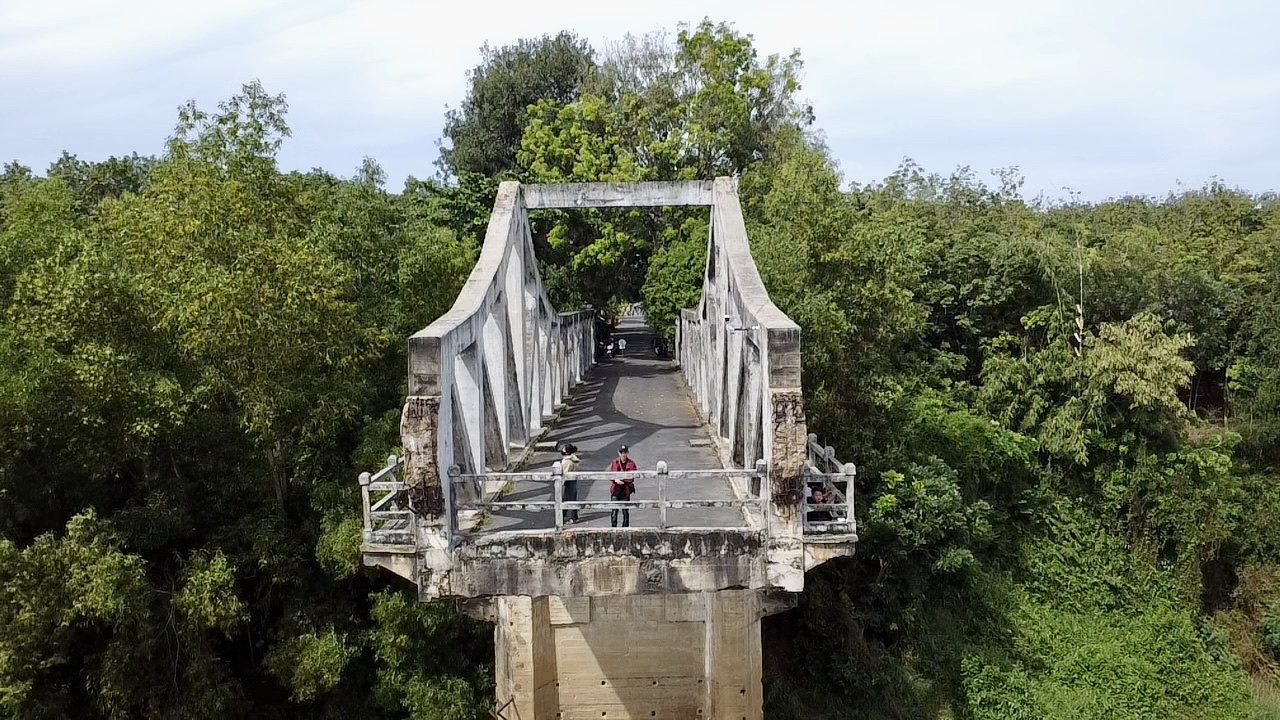
The remaining bridges in Vinh Hoa commune
During the resistance war against France, Song Be Bridge was also the place where rubber plantation workers protesting and fighting for national independence were executed and were repressed and sentenced to prison by the French colonialists...
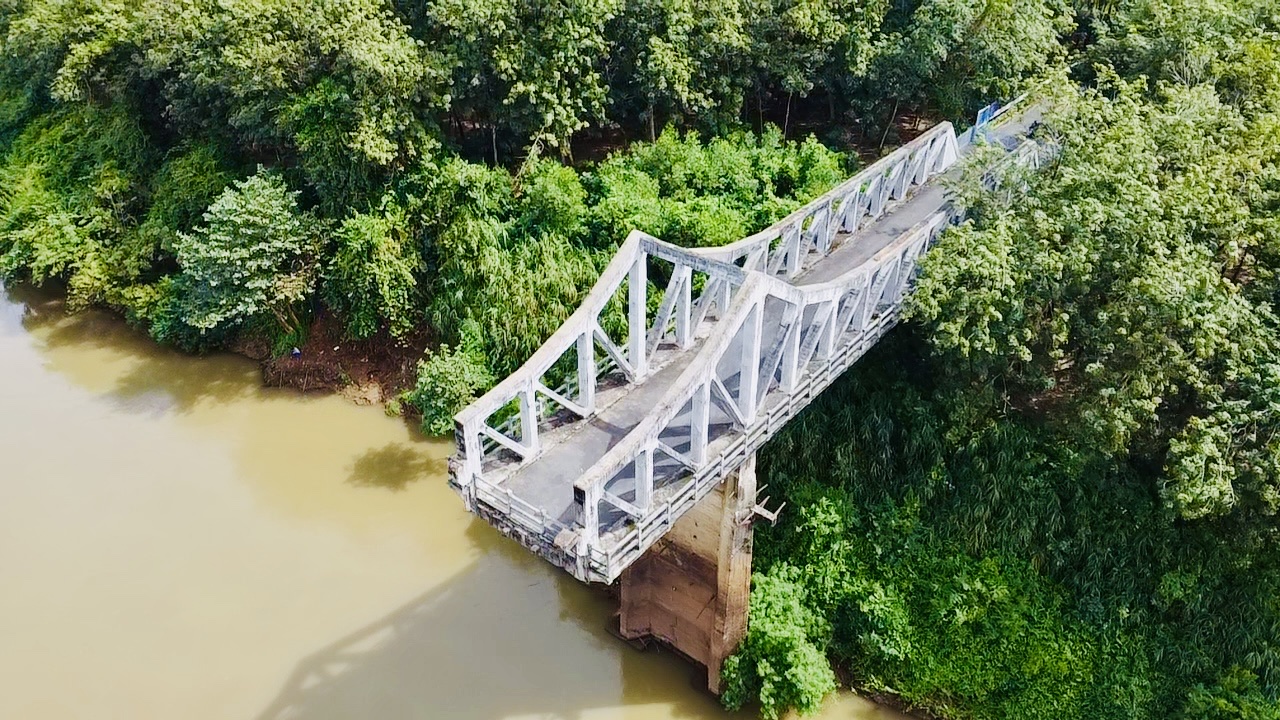
The remaining bridges in Vinh Hoa commune
Once a shooting site for revolutionary activists
During the resistance war against America, Song Be bridge was the main traffic route of the Saigon government, and also the place where revolutionary activists were executed, then their bodies were pushed into the river...
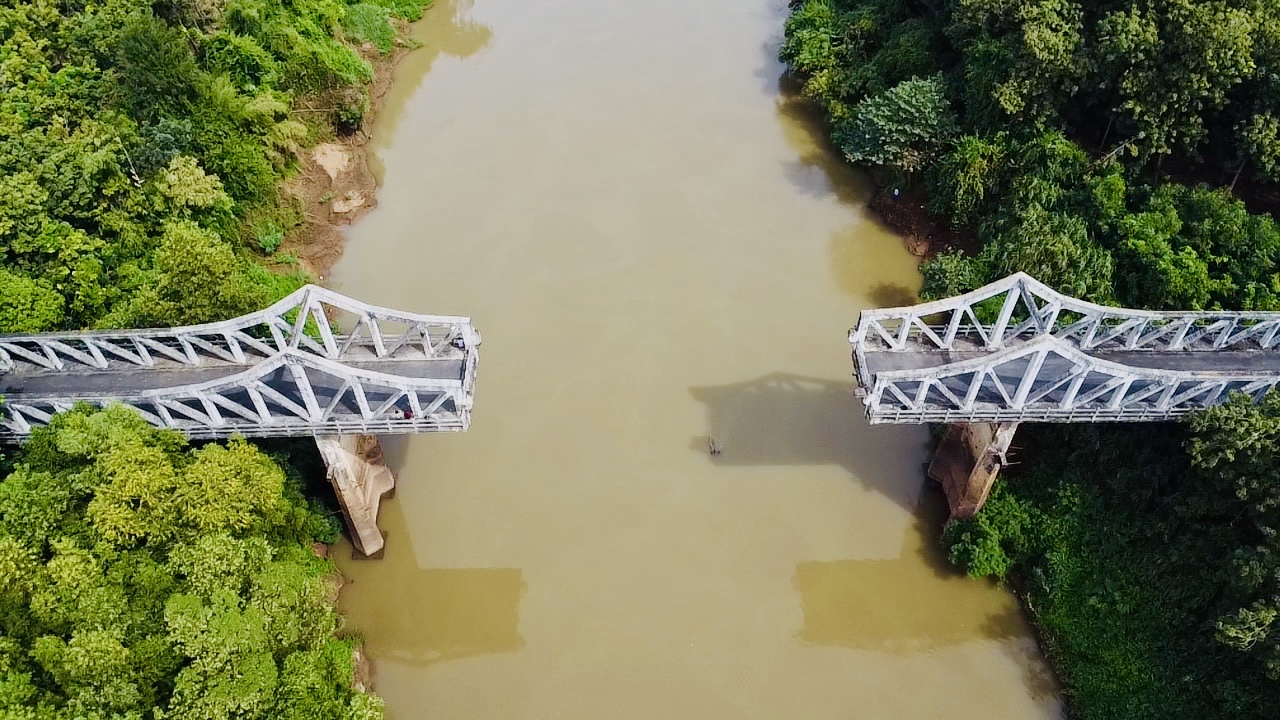
Song Be Bridge has gone through the ups and downs of 100 years of history.
On the night of April 27 and early morning of April 28, 1975, Phu Giao District armed forces attacked enemy posts and outposts in the Be River bridge area to open the way for two wings of the 1st Corps from the southwest (Ben Cat, now Bau Bang District, Binh Duong) to Di An, Lai Thieu (present-day Binh Duong) to approach and prepare to enter Saigon.
On April 29, 1975, Phu Giao District armed forces defeated the enemy in Phu Giao District (Phuoc Vinh Town, Phu Giao District today) and forced them to retreat to Lai Khe, Ben Cat (now Bau Bang District) across the Be River bridge.
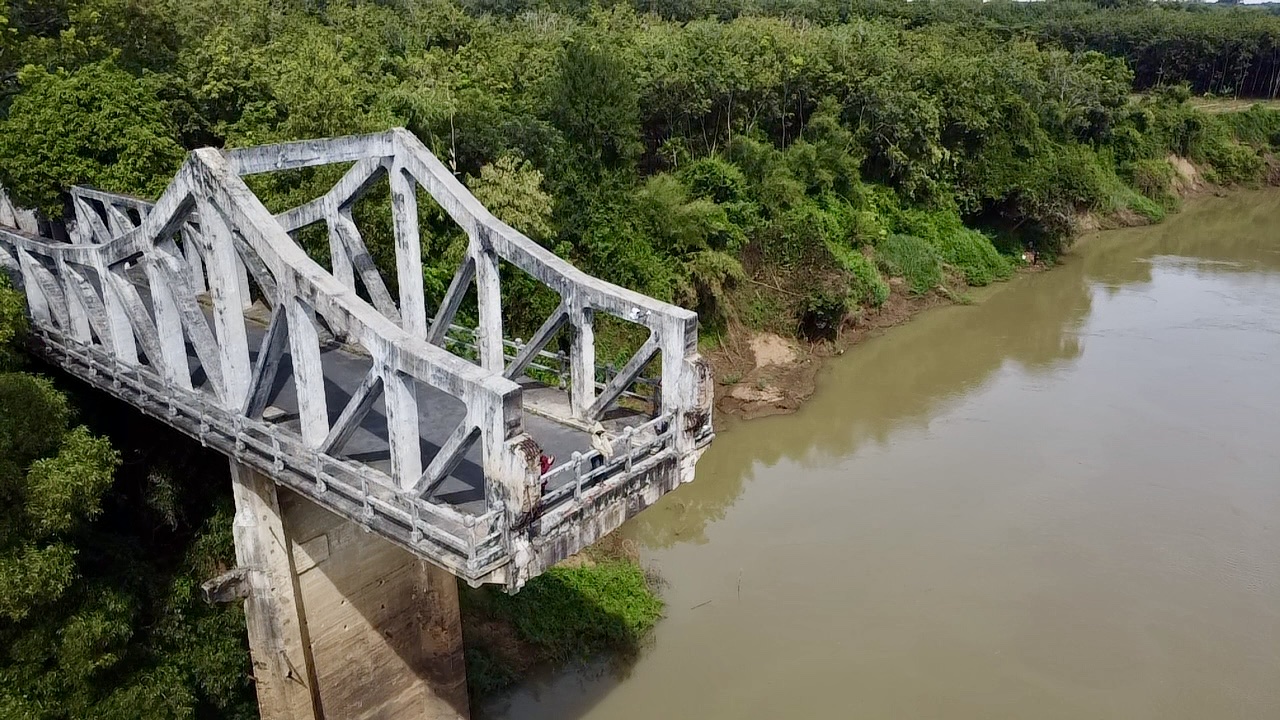
Song Be Bridge is fenced off to ensure safety.
On the way to retreat on the afternoon of April 29, 1975, the commander of the puppet special forces platoon in Phuoc Vinh detonated mines to destroy the spans in the middle of the bridge to avoid pursuit by our troops.
However, at 1:00 p.m. on April 30, 1975, the armed forces of Phu Giao district coordinated with forces in Phuoc Vinh to capture the entire enemy Military Zone in Phuoc Vinh and the Tan Binh commune Party Cell (now Tan Binh town, Bac Tan Uyen district, Binh Duong) concentrated the commune's guerrilla forces to block the enemy on their retreat, destroying over 200 of them, and at the same time liberating the entire Phu Giao district.
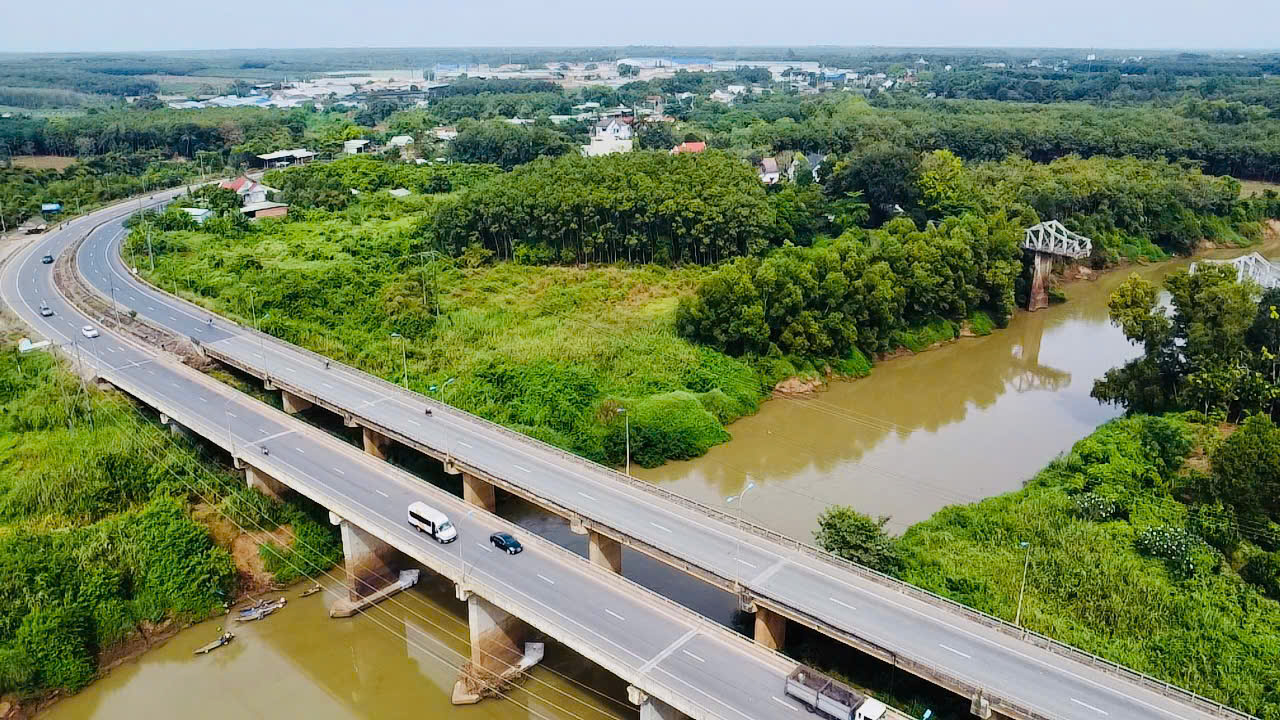
Two new bridges were built near the broken bridge upstream of the Be River.
After liberation, the government and people of Song Be province at that time (now Binh Duong, Binh Phuoc) built another bridge called Phuoc Hoa bridge (near the broken bridge on Be river, upstream).
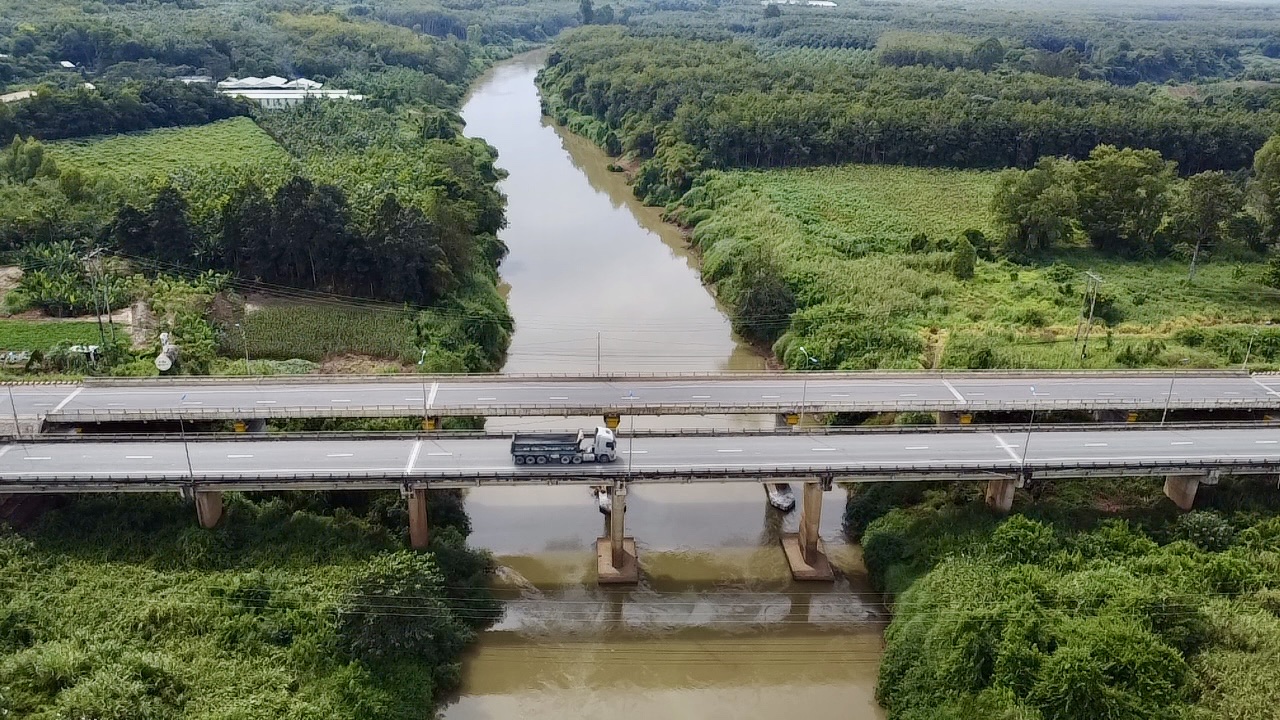
Current Phuoc Hoa Bridge
Today, next to Phuoc Hoa bridge, another parallel bridge has been built (each bridge allows one-way traffic) to serve economic and social development. Phuoc Hoa bridge is currently on DT.741 road (old national highway 13B) which is a vital traffic route, the gateway of the Central Highlands to the Southeast provinces.
Source: https://thanhnien.vn/doc-dao-cau-gay-song-be-di-tich-lich-su-van-hoa-o-binh-duong-185241222153804023.htm





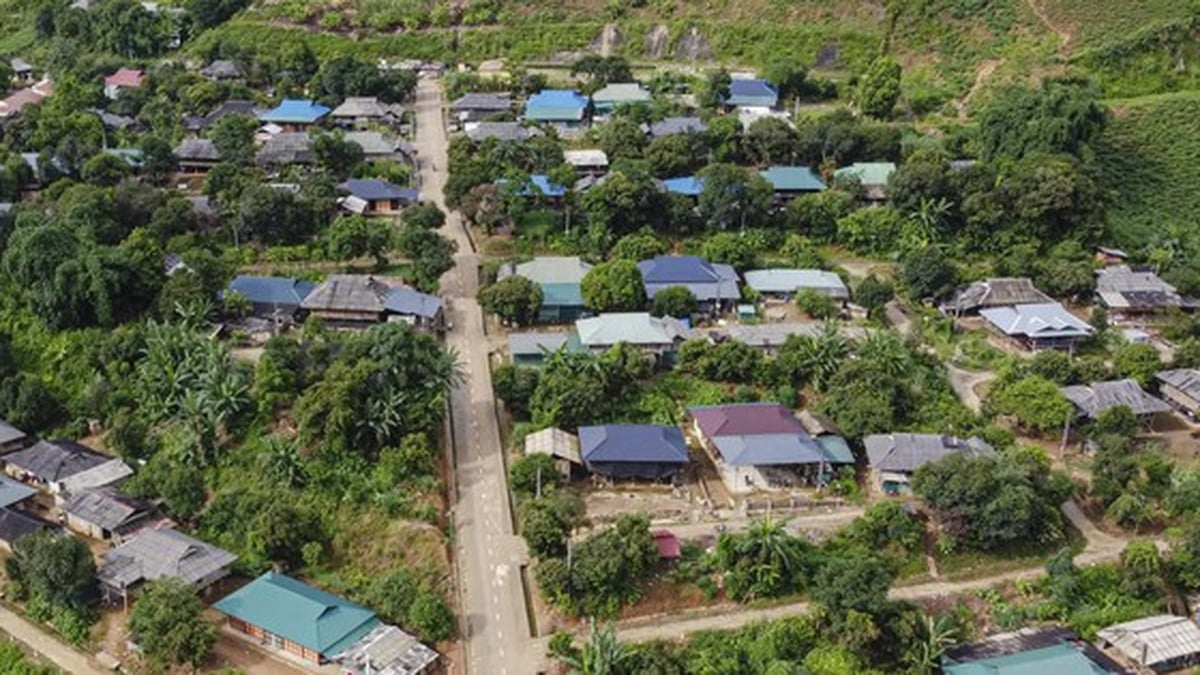





















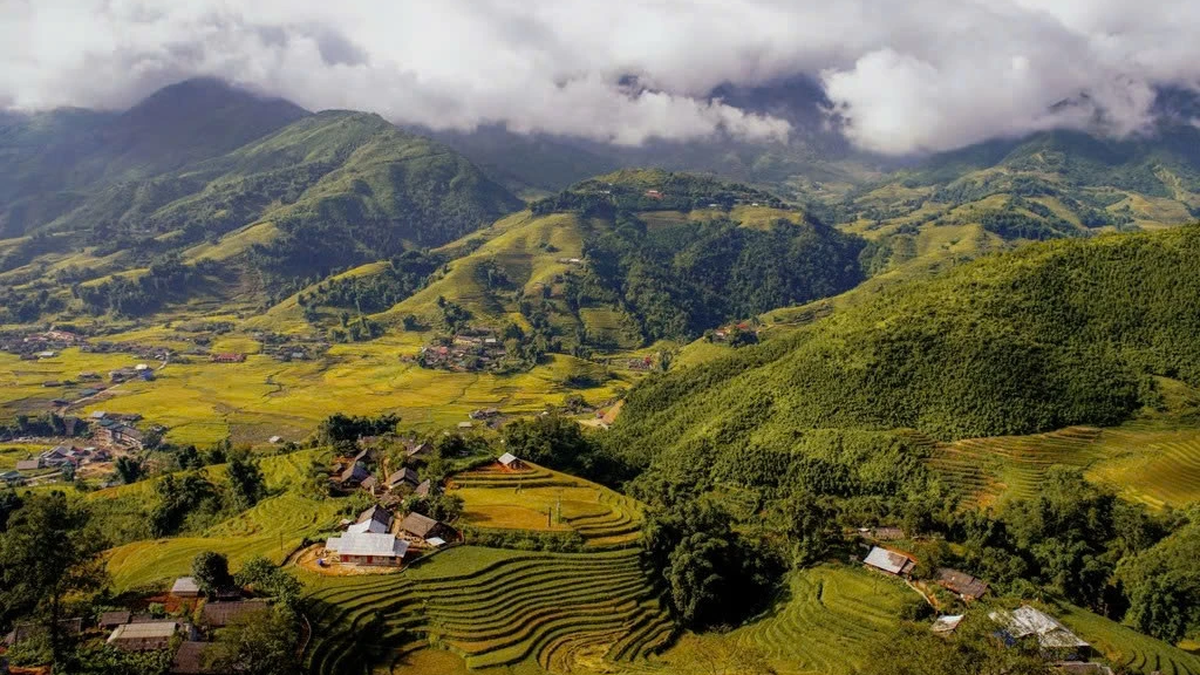






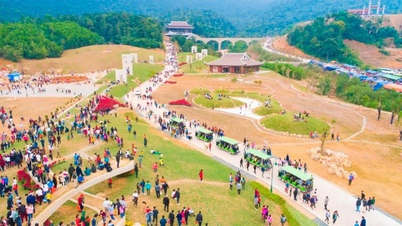





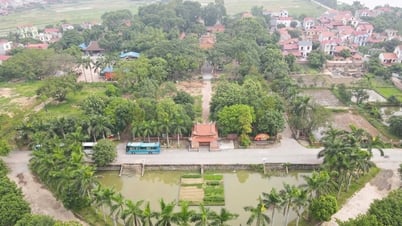











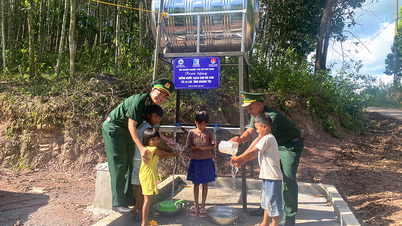










![[Maritime News] More than 80% of global container shipping capacity is in the hands of MSC and major shipping alliances](https://vphoto.vietnam.vn/thumb/402x226/vietnam/resource/IMAGE/2025/7/16/6b4d586c984b4cbf8c5680352b9eaeb0)










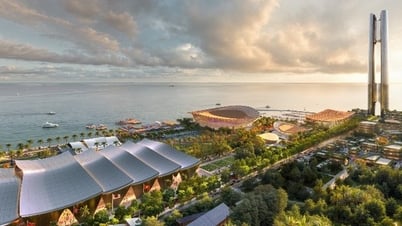
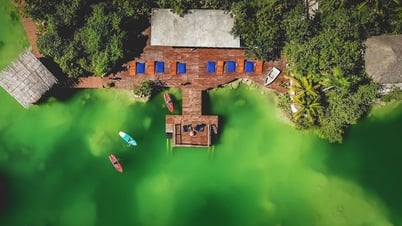


















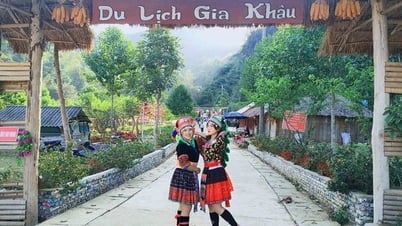





Comment (0)